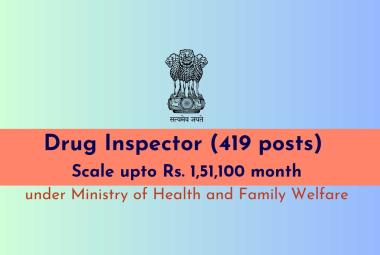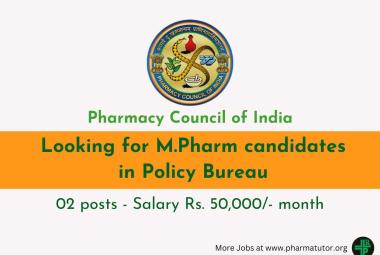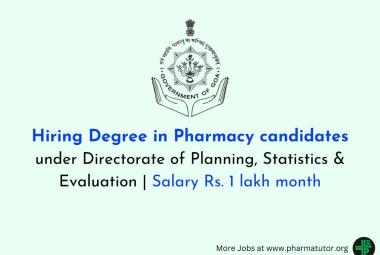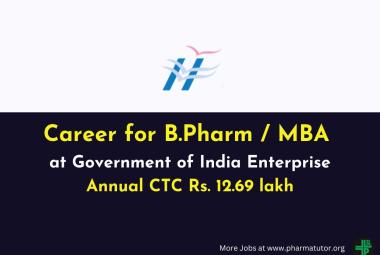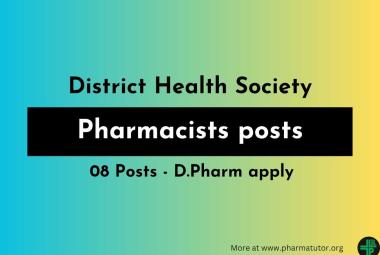NUTRITIONAL VALUE OF DRY FRUITS AND THEIR VITAL SIGNIFICANCE - A REVIEW
{ DOWNLOAD AS PDF }
 About Authors:
About Authors:
Pooja Dhiman, Kanika Soni, Sandeep Singh
Chitkara University,
Kalujhanda, Barotiwala,
Solan, Himachal Pradesh, INDIA
pooja.dhiman@chitkarauniversity.edu.in
ABSTRACT:
As a snack, dried fruit is drastically superior to junk foods, such as potato chips, pretzels, candy bars, and other unhealthy indulgences people reach for when they are hungry between meals. Dry fruits are small but are extremely rich sources of minerals and proteins. Every diet specialist always recommends a handful of dry fruits in our diet in order to keep us healthy and fit. There are just umpteen varieties in dry fruits such as raisins, cashew nuts, almonds, pistachios, walnuts, dates, plums and the list goes on.
[adsense:336x280:8701650588]



 About Authors:
About Authors: 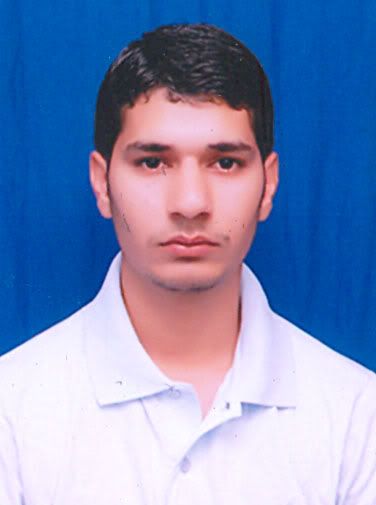 About Authors:
About Authors: 